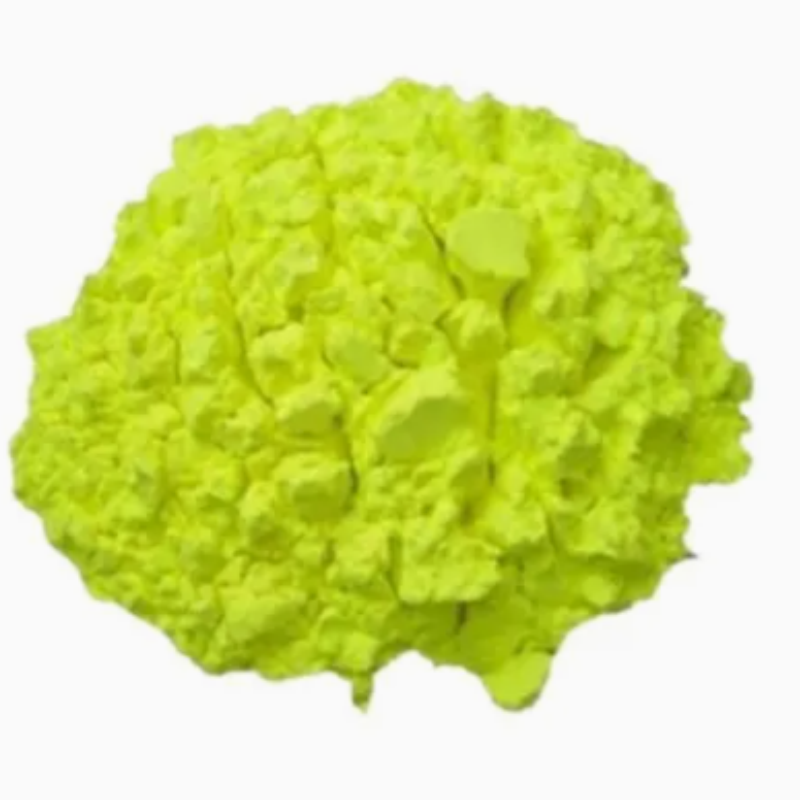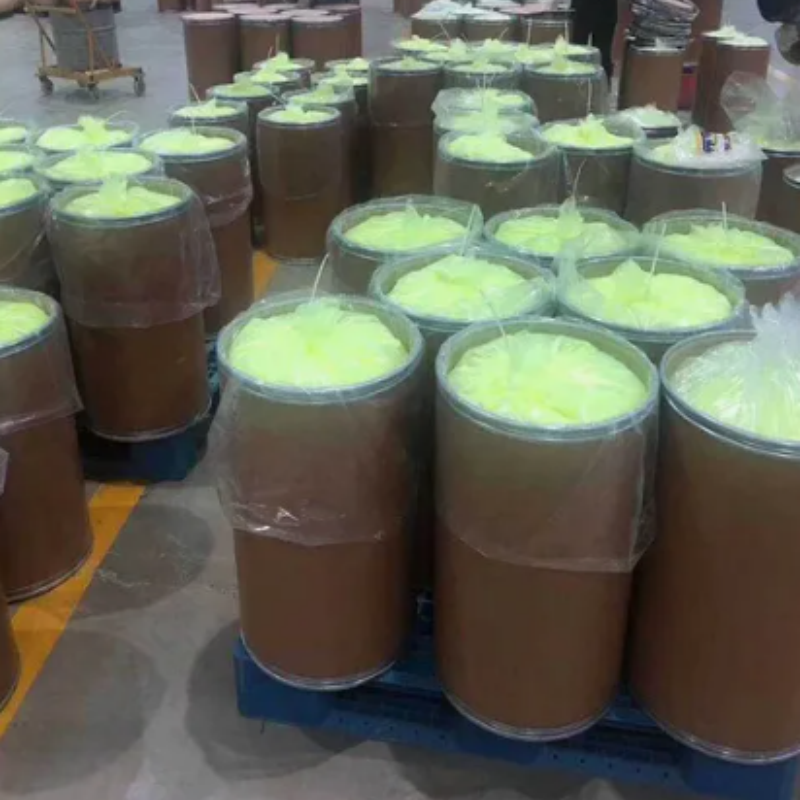-
Categories
-
Pharmaceutical Intermediates
-
Active Pharmaceutical Ingredients
-
Food Additives
- Industrial Coatings
- Agrochemicals
- Dyes and Pigments
- Surfactant
- Flavors and Fragrances
- Chemical Reagents
- Catalyst and Auxiliary
- Natural Products
- Inorganic Chemistry
-
Organic Chemistry
-
Biochemical Engineering
- Analytical Chemistry
-
Cosmetic Ingredient
- Water Treatment Chemical
-
Pharmaceutical Intermediates
Promotion
ECHEMI Mall
Wholesale
Weekly Price
Exhibition
News
-
Trade Service
Article source: Shenzhen Advanced Institute of Chinese Academy of Sciences? Recently, Zhan Yang team of Brain Intelligence Center of Shenzhen Institute of Advanced Technology of Chinese Academy of Sciences and Li Guanglin team of Neural Engineering Center cooperated with Xue Xinyu team of University of Electronic Science and Technology of China to prepare a self-driving flexible wearable neurostimulator.
Two-way regulation of neuroplasticity
.
Related results were published on Nano Energy (impact factor 16.
602) under the title Bidirectional modulation of neural plasticity by self-powered neural stimulation
.
This work provides new ideas for the treatment of neurological diseases based on synaptic plasticity and two-way brain-computer interaction
.
? Regulating neuroplasticity is considered to be an effective means to treat diseases such as Alzheimer's disease, drug addiction, and stroke
.
At present, common commercial neurostimulators usually require batteries or sockets to maintain power supply.
The huge system framework and inflexible component design limit the flexible application of the equipment
.
In order to break through this technical bottleneck, the research team collaborated to design a self-driving flexible wearable neurostimulator, which induces the formation of long-term enhancement or long-term inhibition by generating high-frequency and low-frequency pulses in two modes , To achieve two-way adjustment of neuroplasticity
.
The self-driving flexible wearable neurostimulator integrates a flexible self-driving nano generator, a signal modulation module and a nerve stimulation electrode.
It has the advantages of small size, light weight, softness and portability, and can convert the mechanical energy generated during exercise into a nerve stimulation signal , Regulate synaptic plasticity
.
? Self-driving nerve stimulator's two-way regulation of neuroplasticity? Self-driving flexible wearable nerve stimulator has been verified in awake animal models
.
The researchers connected the device to the mouse brain, and the signal modulation module modulated the collected energy into a dual-mode stimulation signal, which successfully induced the formation of long-term enhancement and long-term inhibition of the hippocampus without external energy supply.
.
This work overcomes the shortcomings of traditional commercial electric stimulators, such as the bulky size of the equipment and the potential hidden dangers caused by the supporting power supply, and provides new ideas for the treatment of neurological diseases based on synaptic plasticity and two-way brain-computer interaction
.
? This project was funded by the National Key Research and Development Program, the National Natural Science Foundation of China, the Shenzhen-Hong Kong Institute of Brain Science, and the Sichuan Science and Technology Program
.
Two-way regulation of neuroplasticity
.
Related results were published on Nano Energy (impact factor 16.
602) under the title Bidirectional modulation of neural plasticity by self-powered neural stimulation
.
This work provides new ideas for the treatment of neurological diseases based on synaptic plasticity and two-way brain-computer interaction
.
? Regulating neuroplasticity is considered to be an effective means to treat diseases such as Alzheimer's disease, drug addiction, and stroke
.
At present, common commercial neurostimulators usually require batteries or sockets to maintain power supply.
The huge system framework and inflexible component design limit the flexible application of the equipment
.
In order to break through this technical bottleneck, the research team collaborated to design a self-driving flexible wearable neurostimulator, which induces the formation of long-term enhancement or long-term inhibition by generating high-frequency and low-frequency pulses in two modes , To achieve two-way adjustment of neuroplasticity
.
The self-driving flexible wearable neurostimulator integrates a flexible self-driving nano generator, a signal modulation module and a nerve stimulation electrode.
It has the advantages of small size, light weight, softness and portability, and can convert the mechanical energy generated during exercise into a nerve stimulation signal , Regulate synaptic plasticity
.
? Self-driving nerve stimulator's two-way regulation of neuroplasticity? Self-driving flexible wearable nerve stimulator has been verified in awake animal models
.
The researchers connected the device to the mouse brain, and the signal modulation module modulated the collected energy into a dual-mode stimulation signal, which successfully induced the formation of long-term enhancement and long-term inhibition of the hippocampus without external energy supply.
.
This work overcomes the shortcomings of traditional commercial electric stimulators, such as the bulky size of the equipment and the potential hidden dangers caused by the supporting power supply, and provides new ideas for the treatment of neurological diseases based on synaptic plasticity and two-way brain-computer interaction
.
? This project was funded by the National Key Research and Development Program, the National Natural Science Foundation of China, the Shenzhen-Hong Kong Institute of Brain Science, and the Sichuan Science and Technology Program
.







